levator labii superioris alaeque nasi
:background_color(FFFFFF):format(jpeg)/images/library/13024/w4XmgTQsoKjFNOeKylE39Q_Levator_labii_superioris_muscle_01.png) Levator labii superioris: Anatomy, innervation, action | Kenhub
Levator labii superioris: Anatomy, innervation, action | KenhubLipThis article needs additional appointments for . Please help. Unsolicited material can be challenged and disposed of. Finding sources: – · · · · (September 2015) ()necessitates additional quotations for ··LipHuman lipsDetails, , , Identifierslabia oris[]The figures are a visible part of the body in the mouth of many animals, including humans. LipsThe lips are soft, mobile and serve as the opening for food intake and the articulation of sound and speech. Human lips are a touch sensory organ, and can be one when used in and other acts of . ContentsStructure[] The upper and lower lips are called "Labium superius oris" and "Labium inferius oris", respectively. The conjuncture where the lips meet with the surrounding skin of the area of the mouth is the , and the area typically reddish within the borders is called the area of bermellion. The edge of the upper lip bermell is known as the . The fleshy protuberance located in the center of the upper lip is known for several terms, including the procheilon (also spelled prochilon), the "labular lebii superioris", and the "liptuberculum". The vertical groove that extends from the procheilon to the is called the . The skin of the lip, with three to five cellular layers, is very thin compared to the typical skin of the face, which has up to 16 layers. With the color of light skin, the skin of the lips contains less (cells that produce melanine, which give the skin its color). Because of this, appearing through the skin of the lips, leading to its noticeable red coloring. With darker skin color this effect is less prominent, since in this case the skin of the lips contains more melanin and therefore is visually darker. The skin of the lip forms the border between the outer skin of the face and the inside of the mouth. The lipstick is not hairy and does not have . Therefore, it does not have the usual layer of sweat protection and body oils that keep the skin soft, inhibit pathogens and regulate warmth. For these reasons, the lips dry faster and become easier. The lower lip forms from the , a branch of the . The lower lip covers the previous . It is lowered by borders and borders. The upper lip covers the . Its upper half is of habitual skin color and has a depression in its center, directly below the nasal sept, called the , which is Latin for "lower soup", while its lower half is a markedly different skin tone, of red color more similar to the color of the inside of the mouth, and the term vermillion refers to the portion of colors of the upper or lower part of the lip. It is raised by him and is connected to the thin portion of the lip itself. The upper lip bermellium tissue and the flattening of the two are facial features of , a duration caused by the use of alcohol from the mother during pregnancy. Microanatomy[] The skin of the lips is . The mucous membrane is represented by a large area in the , and therefore is highly sensitive. The Frenulum Labii Inferioris is the lower lip. The Frenulum Labii Superioris is the frenulum of the upper lip. Nerve Source[]Blood supply[]It is one of the six non-terminal branches of the . This artery supplies both lips through its upper and lower lip branches. Each of the two bifurca and anastomous branches with its companion branch of the other terminal. Muscles[ ] The muscles that act on the lips are considered part of the muscles of . All the muscles of the facial expression are derived from the second , and therefore are supplied (motor supply) by the nerve of the second pharyngeal arch (7 ). The muscles of facial expression are all the specialized members of the , who join the wrinkle and thus, or unmask the skin that it overlies. Functionally, facial expression muscles are organized into groups around the , nose and mouth. The muscles that act on the lips: Functions[] food intake[]Because they have their own muscles and bordering muscles, the lips are easily movable. The lips are used to eat functions, such as holding food or putting it in the mouth. In addition, the lips serve to close the mouth tightly closed, to keep the food and drink inside, and to keep unwanted objects. By narrowing with the lips, the suction of the mouth is increased. This suction is essential for babies. You can also use your lips to suck in other contexts, such as sucking a straw to drink liquids. Articulation[] The lips serve to create different sounds—mainly, and consonant sounds, as well as—and therefore they are an important part of the speech apparatus. The lips allow and the operation of wind instruments such as trumpet, flute, and saxophone. People who have unconsciously or consciously to understand the discourse without the need to perceive the real sounds. Tatty Organ[]The lip has many and reacts as part of the senses (touch). The lips are very sensitive to touch, warmth and cold. Therefore, it is an important help to explore unknown objects for infants and young children. Erogen Zone[] Because of its high number of nervous endings, the lips are a . Therefore, the lips play a crucial role in and other acts of intimacy. A woman's lips are also a visible expression of her fertility. In studies on the science of human attraction, psychologists have concluded that a woman's facial and sexual appeal is closely linked to the composition of her hormones during puberty and development. Contrary to the effects of a man's facial structure, the effects of a woman's levels serve to maintain a relatively "child" and youthful facial structure during puberty and during final ripening. It has been shown that the more oestrogen a woman has, the bigger her eyes and the more full her lips, features that are perceived as more feminine. Surveys conducted by sex psychologists[] have also found that universally, men find a woman's full lips to be more sexually attractive than the lips that are less so.[] Therefore, a woman's lips are sexually attractive to men because they serve as a biological indicator of a woman's health and fertility. A woman's lipstick (or ) tries to take advantage of this fact by creating the illusion that a woman has more oestrogen than she really has, and therefore is more fertile and attractive. The size of the lip is linked to sexual attraction in both men and women. Women are attracted to men with male lips, who are more medium-sized and not too big or too small; they are to be resistant and sensual. In general, researchers found that a small nose, large eyes and voluptuous lips are sexually attractive both in men and in women. The lips can be temporarily swollen during sexual excitement due to blood engorgement. [] Facial expression[] The lips contribute substantially to . The lips visibly express emotions like a frown or a frown, iconically by the curve of the lips forming an open or open apex, respectively. The lips can also be made pouty when the weep, or perky to be provocative. Clinical significance[] This section does not do any. Please help. The unsolicited material can be challenged and . (September 2015) () is no As a body organ, the lip may be a disease focus or show symptoms of a disease: Society and culture[] Lives are often seen as a symbol of sensuality and sexuality. This has many origins; above all, the lips are a very sensitive erogen and touch organ. Moreover, in many cultures of the world, a woman's mouth and lips are veiled by her representative association with vulva, and by her role as a secondary sexual organ of a woman. As part of the mouth, the lips are also associated with symbolism associated with the mouth as an orifice for which the food is taken. The lips are also symbolically linked to neonatal psychology (see for example psychology according to ). or is sometimes done for cosmetic reasons. The products designed to use on the lips include lipstick, and . Other animals[] In most vertebrates, the lips are relatively inimportant folds of tissue found just outside the jaws. However, in , they become much more prominent, by separating from the jaws by a deep cleft[] (a notable exception is the , whose lips close behind the front teeth). They are also more mobile in mammals than in other groups, as only in this group have attached muscles. In some fish, lips can be modified to carry sensitive. In birds and turtles, the lips are hard and , forming a solid . as they are remarkable by the presence of the bone "lips"; in these species the jaw projections similar to the common teeth all form a border similar to the peak around the jaws, protecting the teeth inside. ########################### ############################################################################################################################################################################################################################### (Trunk) and and Anatomy of the Behind the mouth Navigation menu Personal tools Named spaces Variants Views More Search Navigation Contributed Tools Printing/exporting Other projects Languages
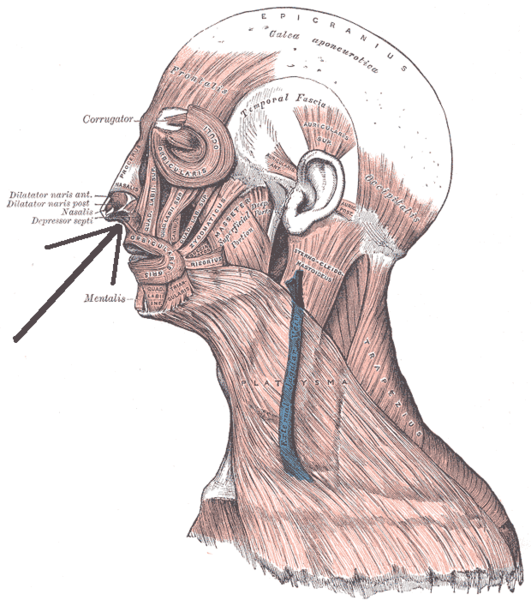
Levator labii superioris alaeque nasi muscle - Wikipedia
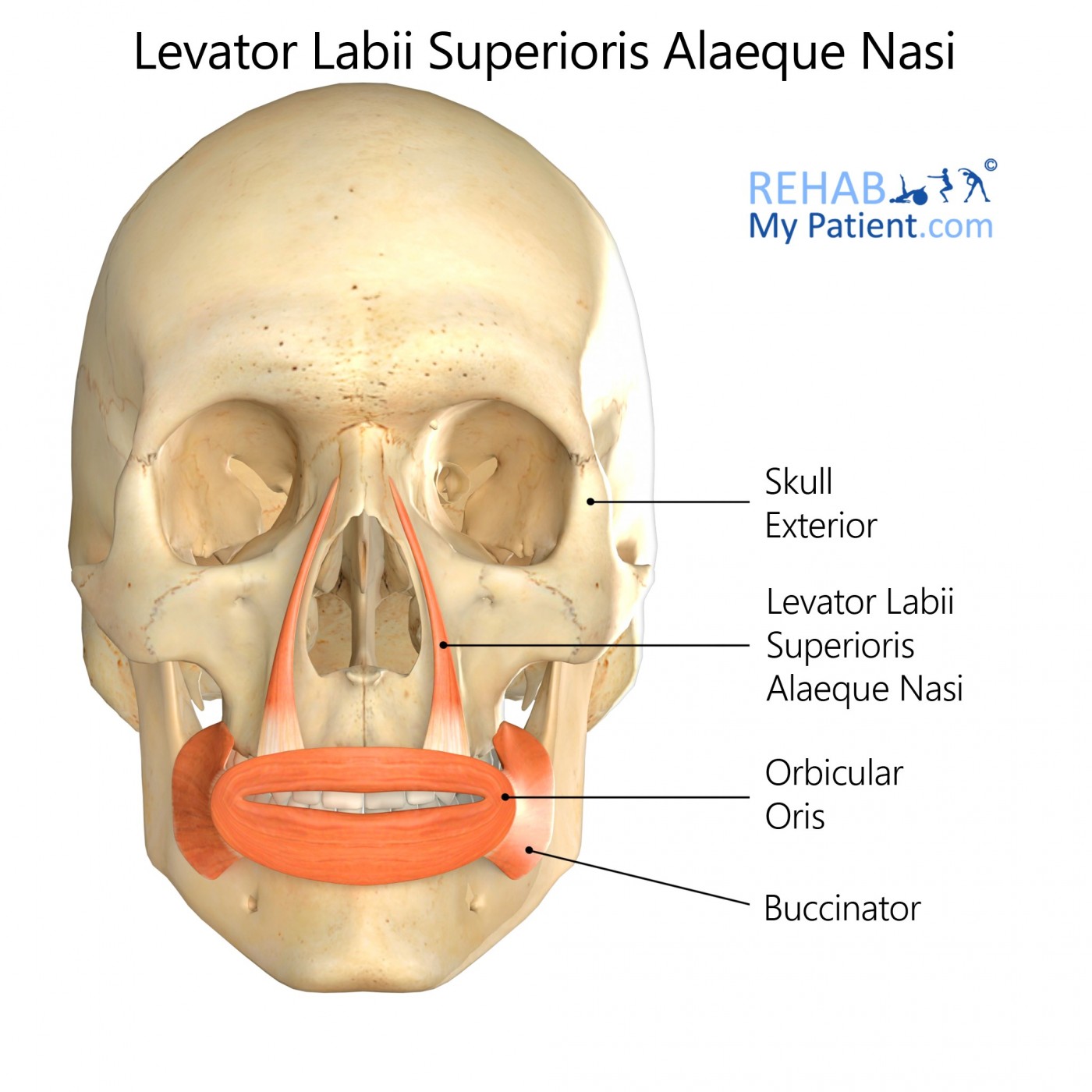
Levator Labii Superioris Alaeque Nasi | Rehab My Patient

Levator labii superioris alaeque nasi muscle, illustration - Stock Image - F029/5214 - Science Photo Library

Diagram of the face showing the following: levator labii superioris... | Download Scientific Diagram

Levator Labii Superioris Alaeque Nasi - Stock Image - C025/5500 - Science Photo Library

B9781437717334003116_f011-002-9781437717334.jpg (650×723) | Anatomie

Levator labii superioris - Wikipedia

Levator Labii Superioris - an overview | ScienceDirect Topics

Jennmedart - Your levator labii superioris alaeque nasi... | Facebook

Levator labii superioris alaeque nasi muscle | Anatomical Terms Pronunciation by Kenhub - YouTube

Levator Labii Superioris Alaeque Nasi Flashcards | Quizlet
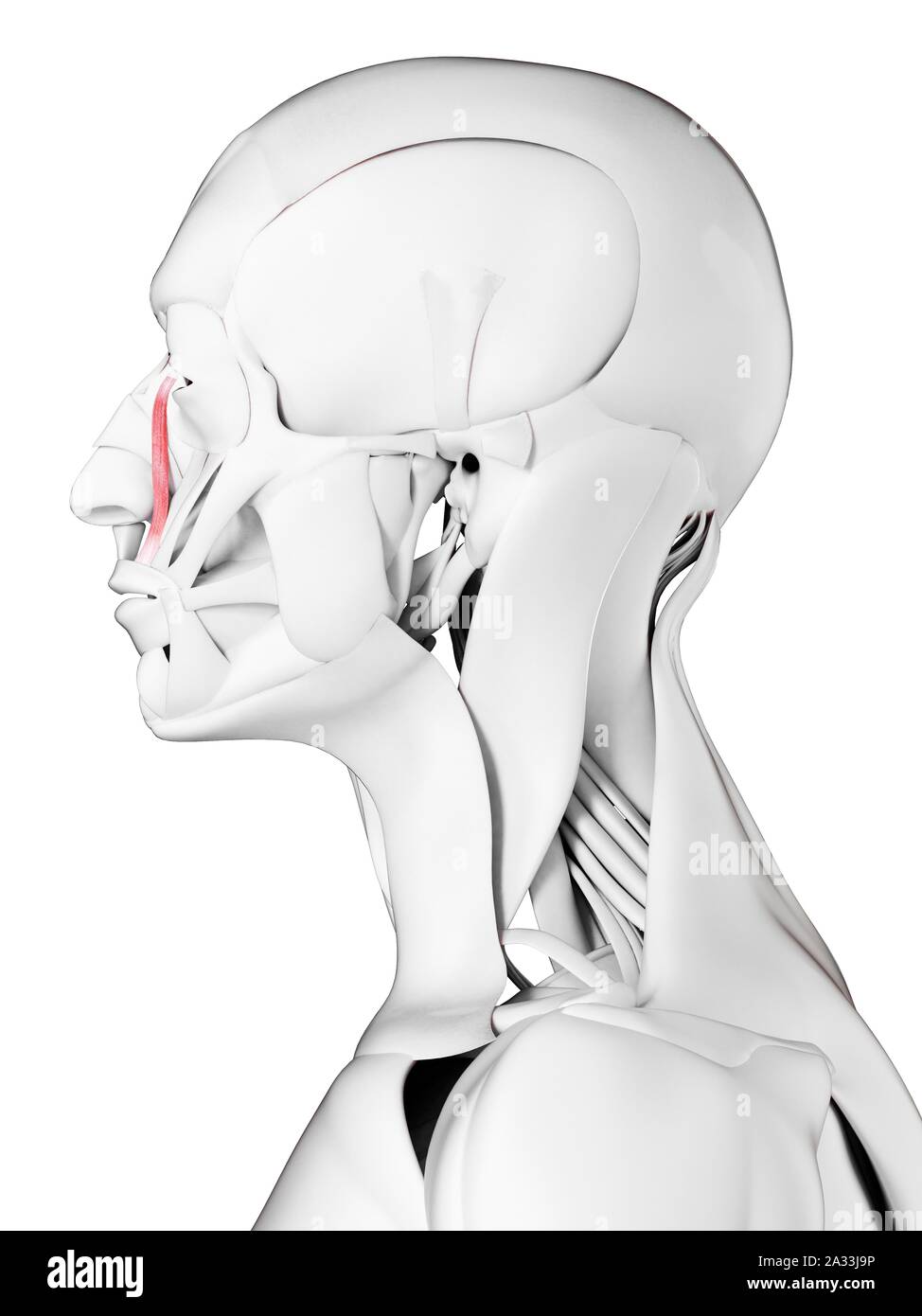
Levator labii superioris alaeque nasi muscle, illustration Stock Photo - Alamy
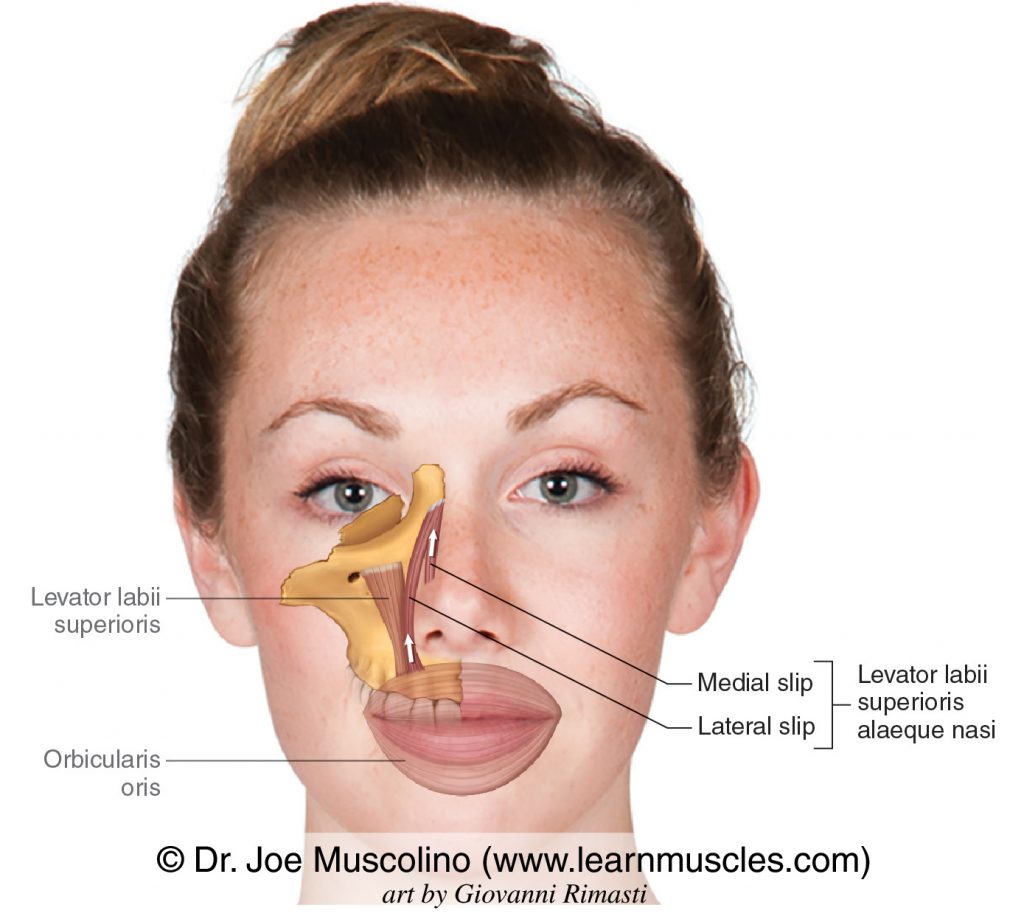
Levator Labii Superioris Alaeque Nasi - Learn Muscles
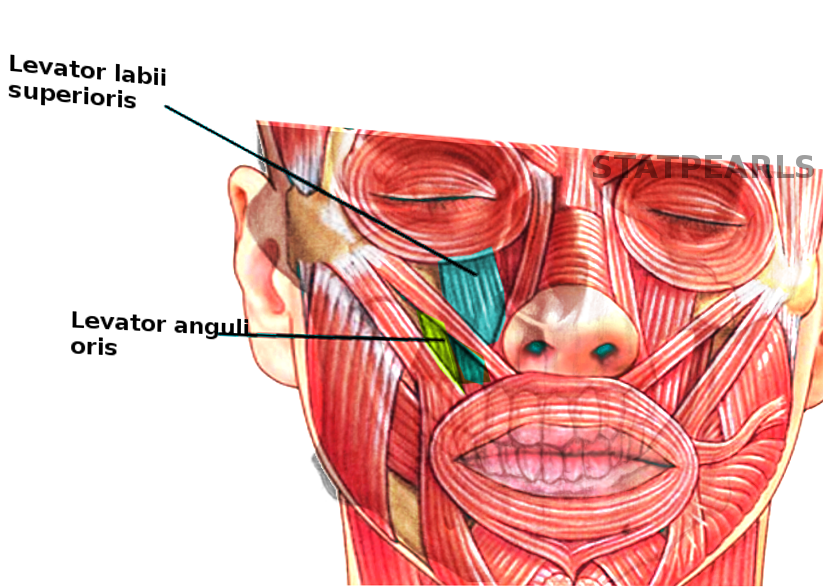
Anatomy, Head and Neck, Eye Levator Labii Superioris Muscle Article

Toxins - Laurence Kirwan MD FRCS FACS

Stockfoto Levator labii superioris alaeque nasi muscle,

The Expressive Figure: Levator Labii Superioris and Corrugator muscles

Injection of Botulinum Toxin for Treatment of the Gummy Smile | Plastic Surgery Key

Levator labii superioris alaequae nasi details - origin, insertion, exercises

68 Static Procedures for Rehabilitation of the Paralyzed Face in Vestibular Schwannoma | Neupsy Key
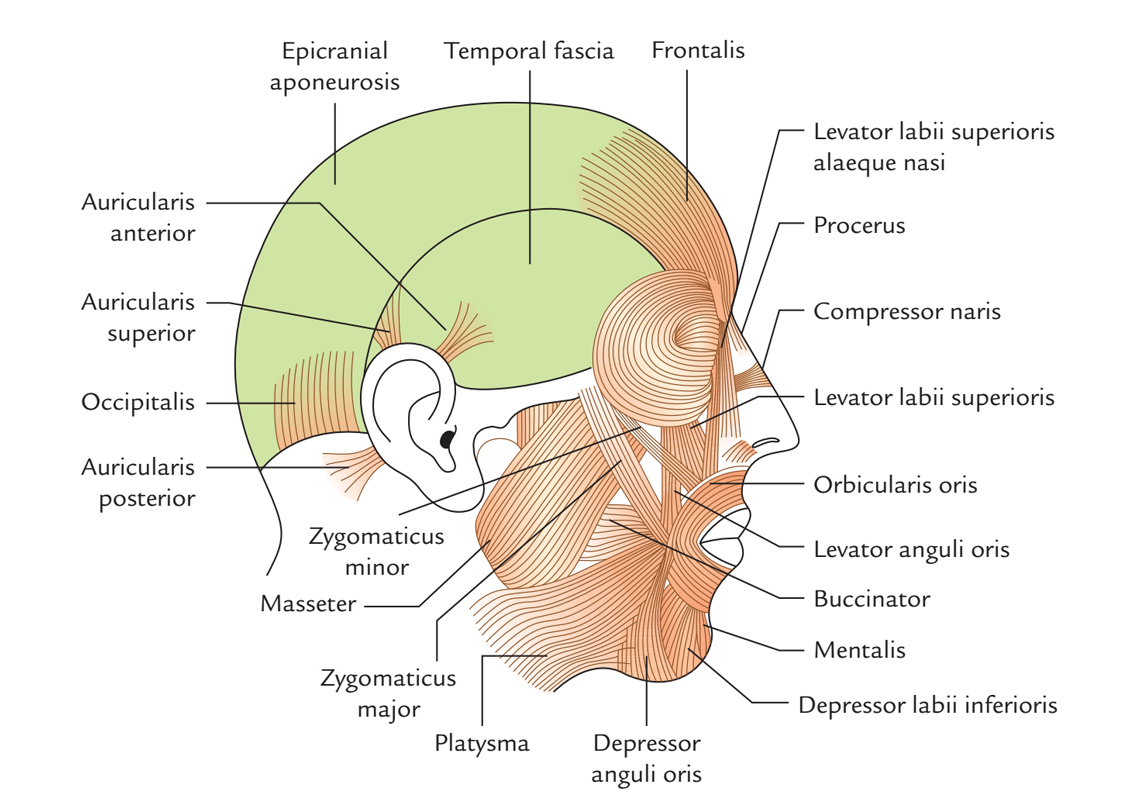
Levator Labii Superioris Alaeque Nasi Muscle – Earth's Lab
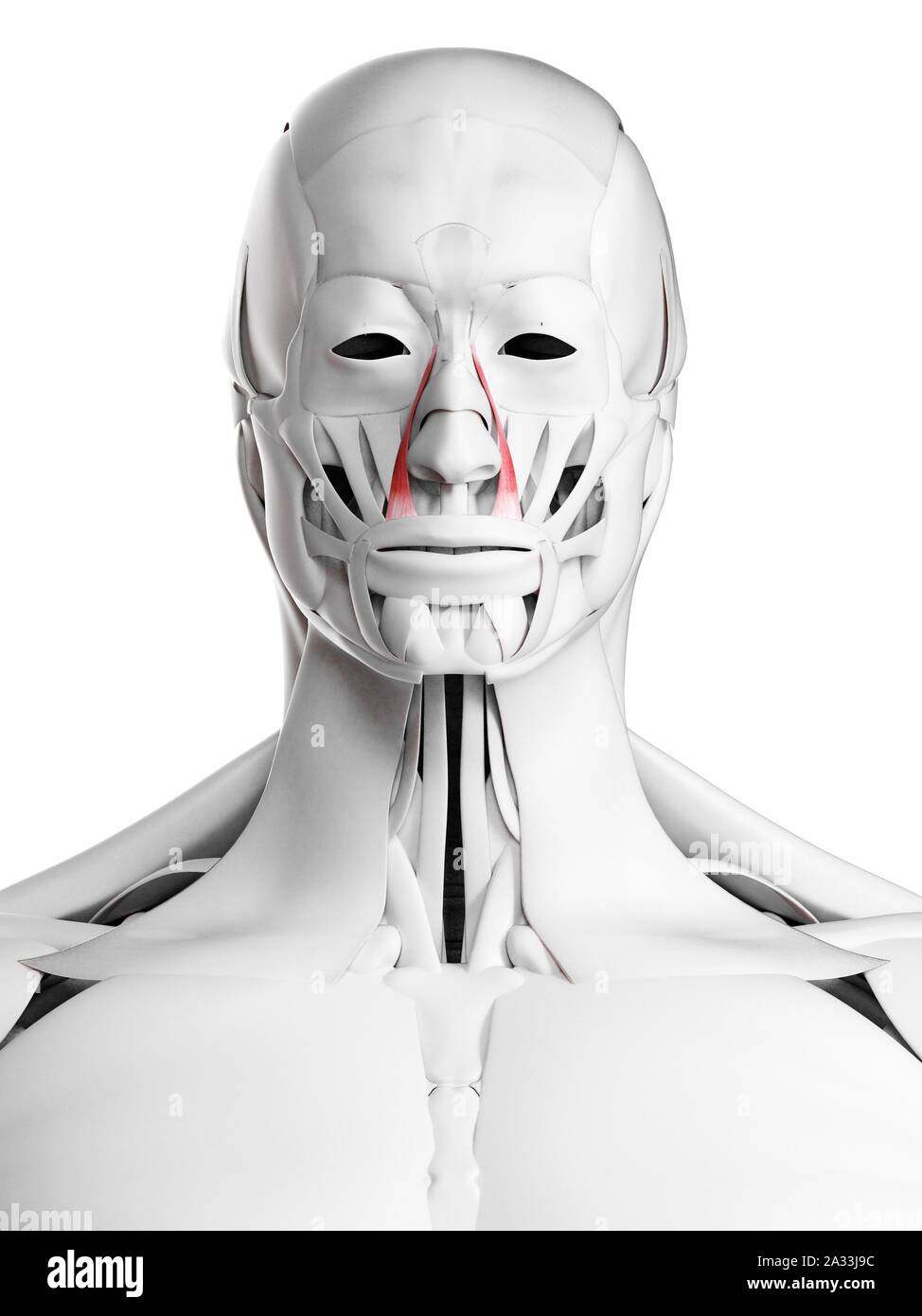
Levator labii superioris alaeque nasi muscle, illustration Stock Photo - Alamy
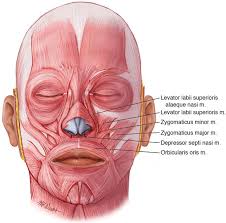
Levator labii superioris muscle details - origin, insertion, exeercises.

Levator labii superioris alaeque nasi muscle Diagram | Quizlet

Figure 1 from New Insights into the Anatomy of the Midface Musculature and its Implications on the Nasolabial Fold | Semantic Scholar
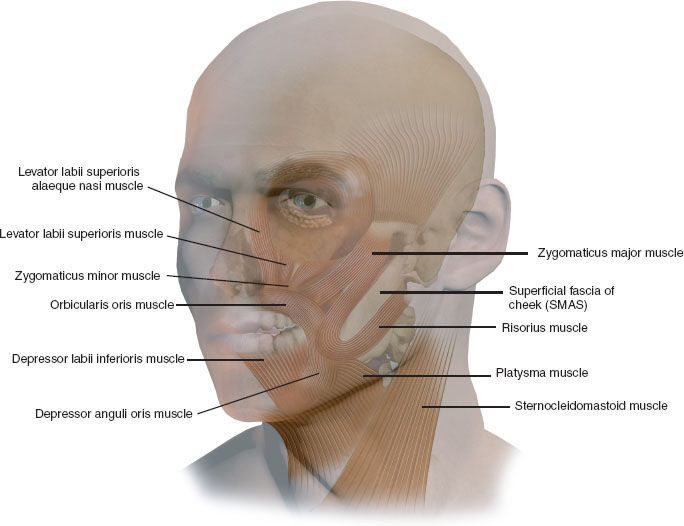
Facial Paralysis | Ento Key
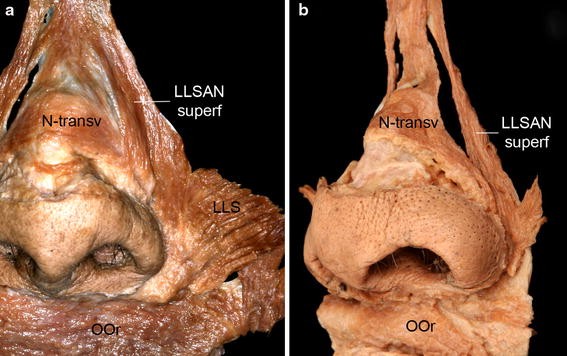
New anatomical insight of the levator labii superioris alaeque nasi and the transverse part of the nasalis | SpringerLink

Levator labii superioris alaeque nasi muscle, illustration - Stock Image - F029/5213 - Science Photo Library

Levator Labii Superioris Alaeque Nasi Beach Towel for Sale by Science Picture Co

3d Rendered Medically Image & Photo (Free Trial) | Bigstock

Anatomical relationships of the procerus with the nasal ala and the nasal muscles: transverse part of the nasalis and levator labii superioris alaeque nasi | Semantic Scholar
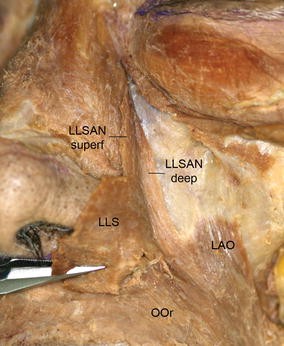
New anatomical insight of the levator labii superioris alaeque nasi and the transverse part of the nasalis | SpringerLink

Levator labii superioris alaeque nasi muscle, illustration - License, download or print for £31.45 | Photos | Picfair
Levator labii superioris alaeque nasi | Forensic Sculpture Lessons
Levator Labii Superioris Alaeque Nasi

Frontalis Depressor Supercilii Procerus Orbicularis Oculi Corrugator Levator Labii Superioris Alaeque Nasi Temporalis Levator Labii Levator Palpebrae Superioris Superioris Zygomaticus Minor Nasalis Zygomaticus Major Dilator Naris Orbicularis Oris ...
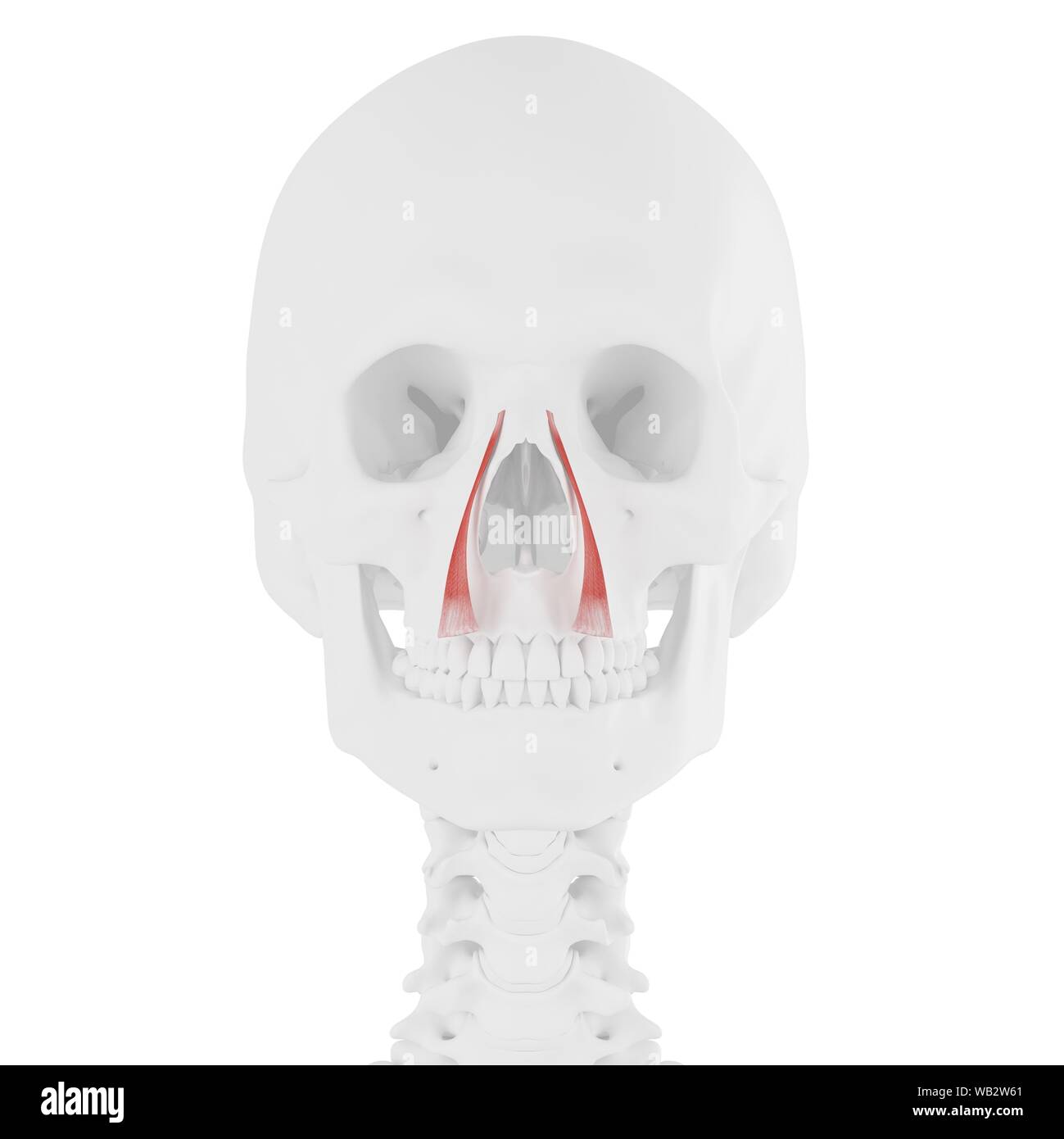
Levator labii superioris alaeque nasi muscle, computer illustration Stock Photo - Alamy

Levator Labii Superioris Alaeque Nasi Muscle Illustration High-Res Vector Graphic - Getty Images

Muscles of the Face - Mimetic Muscles - Medical Art Library
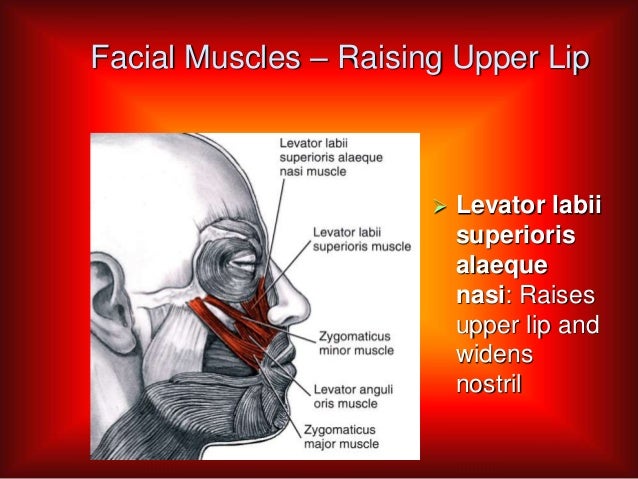
Musclesoffacialexpression new
Posting Komentar untuk "levator labii superioris alaeque nasi"